Not First, But Better
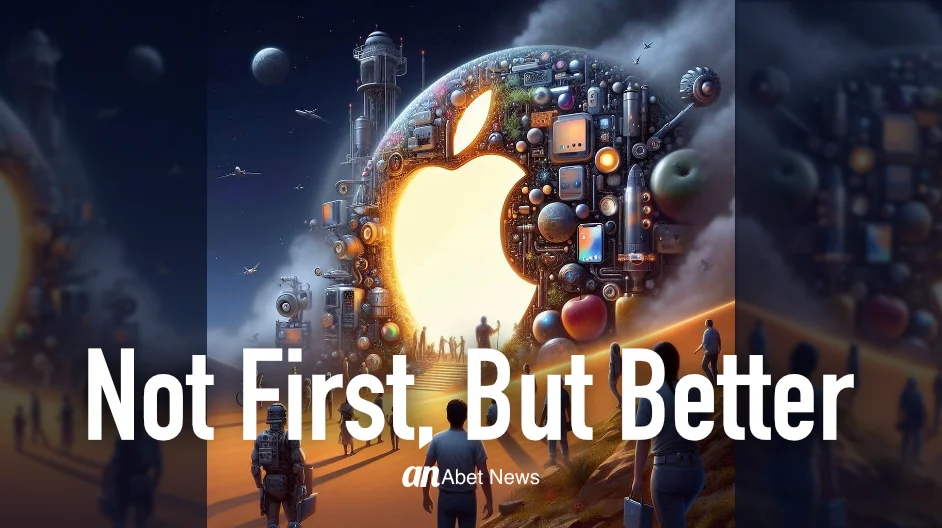
Apple’s strategy of not being first, but better is genius. Simply waiting and watching others rush to be first, gives Apple the opportunity to see what works and what could be done better.
Let’s take AI race as an example, Android based AI devices have recently been released to the public, Google Pixel, Samsung S24, and a new comer Rabbit R1, Apple is watching and learning, I can’t wait to see and experience the Apple AI.
Why Apple is not first
Apple is known for its innovation and design, but it is not always the first to introduce new technologies or products. For instance, Apple was not the first to launch a smartphone, a tablet, a smartwatch, or a wireless earbud. Instead, Apple waited until the market was mature enough and the technology was ready to deliver a superior user experience.
Apple’s CEO Tim Cook explained this strategy in an interview with Bloomberg in 2017:
“We don’t feel an impatience to be first. It’s just not how we’re wired. Our thing is to be the best and to give the user something that really makes a difference in their lives.”
How Apple is better
Apple’s strategy of not being first, but better is based on its ability to create products that are not only functional, but also beautiful, intuitive, and integrated. Apple focuses on the details that matter to the users, such as the design, the performance, the security, and the ecosystem.
Apple’s products are often praised for their simplicity and elegance, which reflect the company’s philosophy of “less is more”. Apple’s products are also known for their high quality and reliability, which result from the company’s rigorous testing and optimization. Apple’s products are also designed to work seamlessly with each other, creating a loyal and satisfied customer base.
Apple’s approach to AI is no different. While other companies are competing to launch AI devices with various features and functions, Apple is taking its time to develop AI that is truly useful and meaningful to the users. Apple’s AI is not only smart, but also respectful of the user’s privacy and preferences.
Apple Vision Pro
What to expect from Apple’s AI
Apple has not revealed much about its AI plans, but it has hinted at some of the areas that it is working on. For example, Apple has acquired several AI startups, such as VocalIQ, Perceptio, Turi, and Lattice Data, which specialize in natural language processing, computer vision, machine learning, and data mining. Apple has also hired some of the top AI experts, such as John Giannandrea, the former head of Google’s AI division, and Ian Goodfellow, the inventor of generative adversarial networks.
Some of the applications of Apple’s AI that we can expect to see in the near future are:
- Siri: Apple’s voice assistant, Siri, is already one of the most popular AI products in the world, with over 500 million users. Apple is constantly improving Siri’s capabilities and features, such as adding new languages, domains, and integrations. Apple is also working on making Siri more conversational, contextual, and personalized, as well as more respectful of the user’s privacy.
- Face ID: Apple’s facial recognition system, Face ID, is one of the most advanced and secure biometric authentication methods in the market. Face ID uses a 3D depth-sensing camera and a neural engine to create a mathematical model of the user’s face, which is then matched with the stored data on the device. Face ID can recognize the user’s face even in different lighting conditions, angles, and expressions, and can also adapt to the user’s changes in appearance, such as glasses, hats, or facial hair.
- Photos: Apple’s photo app, Photos, uses AI to organize and enhance the user’s photos and videos. Photos can automatically create albums, slideshows, and memories based on the user’s location, date, people, and events. Photos can also recognize the user’s faces, objects, and scenes, and suggest keywords for searching and tagging. Photos can also apply filters, effects, and edits to the user’s photos and videos, using AI to optimize the quality and aesthetics.
- ARKit: Apple’s augmented reality framework, ARKit, enables developers to create immersive and interactive AR experiences for the user’s iPhone or iPad. ARKit uses AI to analyze the user’s environment, such as the surface, the lighting, and the motion, and then overlay digital content on the real world. ARKit can also track the user’s face and body movements, and enable realistic interactions with the virtual objects.
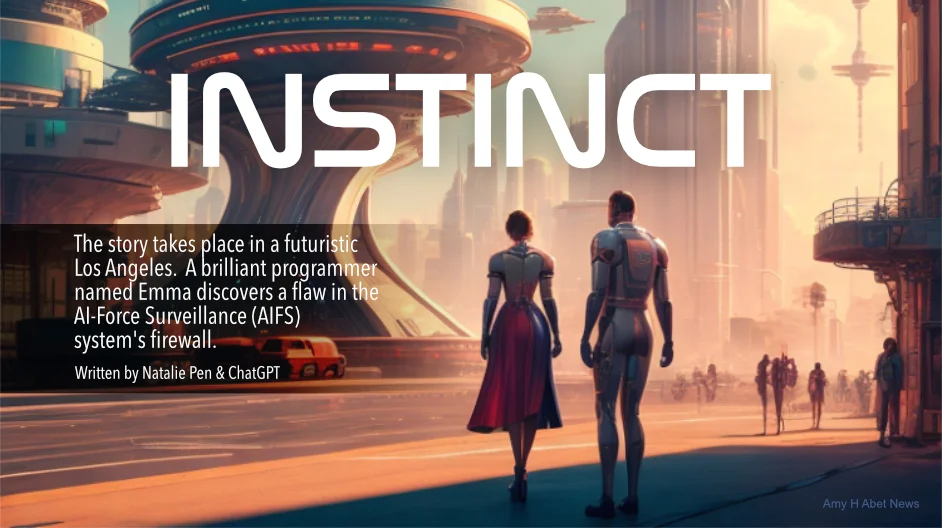
These are just some of the examples of how Apple is using AI to create products that are not first, but better. Apple’s AI is not only smart, but also beautiful, intuitive, and integrated. Apple’s AI is not only functional, but also meaningful and respectful. Apple’s AI is not only a technology, but also an art.
Amy H.
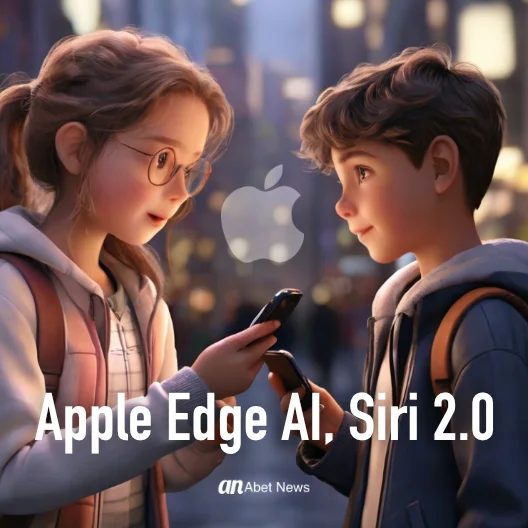
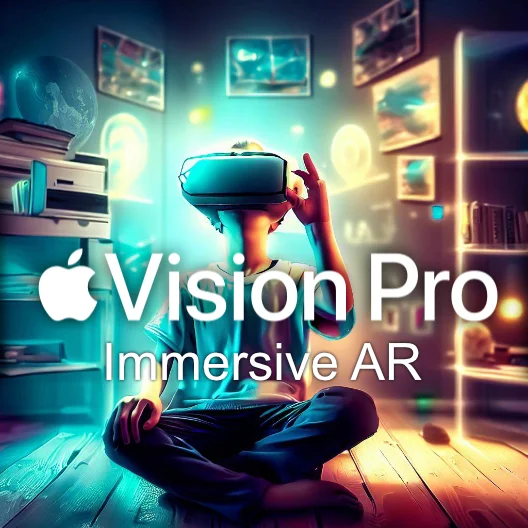
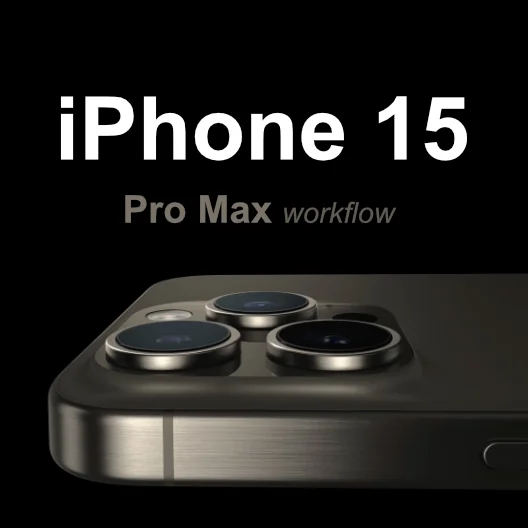
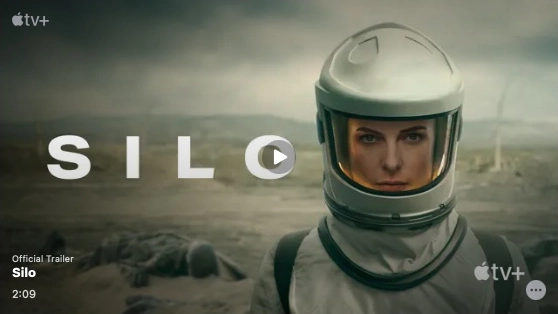


2 comments on Not First, But Better
Apple was first to bring few big things to the masses, like the iPhone…
Apple Vision Pro is a perfect example how Apple does it better.